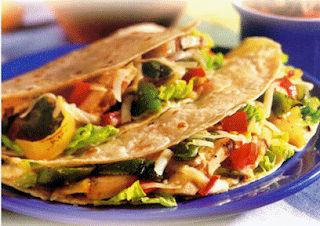
THE SCARF can be a very important item when walking around in sub freezing temperatures.
As you can see scarves come in a variety of colors and patterns. So you can choose whatever style suits you, or you could have a variety of styles to pair with your cold weather commute.
What cold weather benefits are there to wearing a scarf?
- They keep your face warm. They are long enough to wrap around your head multiple times, allowing you to cover your nose and chin. Pair a scarf with a pair of goggles and you will have a weather proof mask.
- If the collar on your coat is a little loose, an appropriately placed scarf can prevent heat loss, keeping you toasty on your walk to work.
- You will look really good walking around in a new scarf. Not really a cold weather benefit, but who knows, maybe if you look good you might feel warmer.
 Also, in terms of winter wear, scarves are a very affordable option. You can get your hands on a nice wool scarf for as little as $13, maybe cheaper if you shop around. The sky is limit with color, pattern and material so you should have no problem finding a scarf that keeps you warm and matches your style.
Also, in terms of winter wear, scarves are a very affordable option. You can get your hands on a nice wool scarf for as little as $13, maybe cheaper if you shop around. The sky is limit with color, pattern and material so you should have no problem finding a scarf that keeps you warm and matches your style.





 The first item to discuss is the Yaktrax walker. The description from the
The first item to discuss is the Yaktrax walker. The description from the 

 Ingredients
Ingredients
 If you live in Helena, a great opportunity to be active today (11/14) is the Art Walk. Staring at 6 pm down on the Walking Mall local artists will be displaying the
If you live in Helena, a great opportunity to be active today (11/14) is the Art Walk. Staring at 6 pm down on the Walking Mall local artists will be displaying the 














